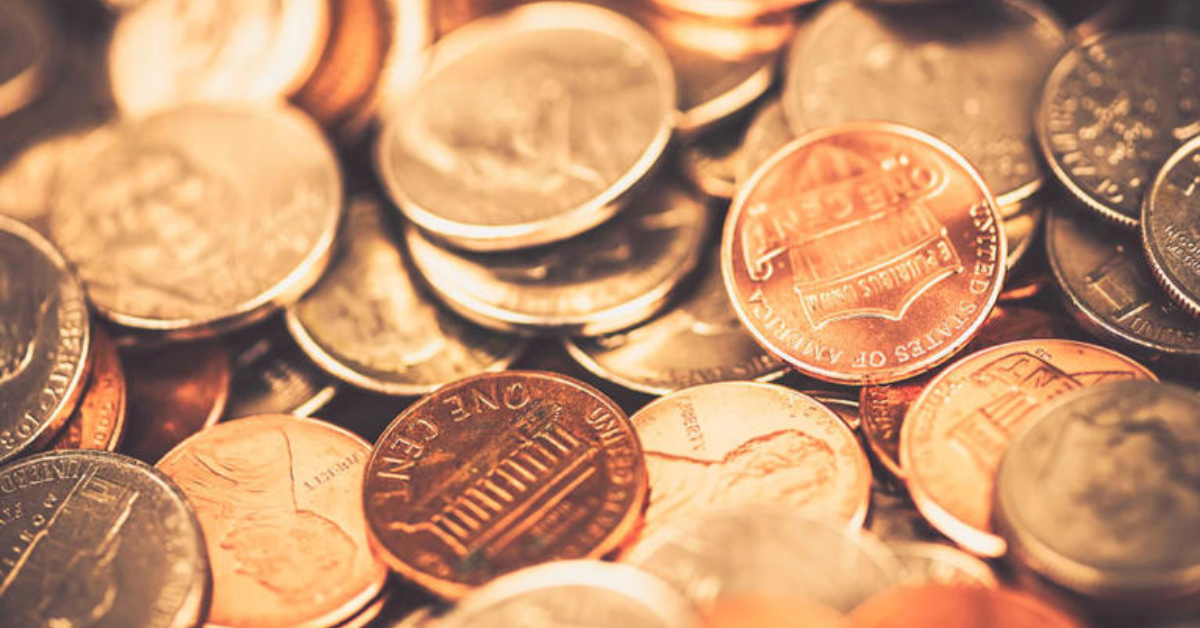For most of us, pennies are an afterthought—loose change tossed into a jar, forgotten under car seats, or left in tip jars. But what if one of those copper coins is actually worth upwards of $200,000?
That’s not just a hopeful fantasy. It’s a reality for collectors who come across one of the rarest and most valuable pennies in circulation: the 1943 copper penny.
Why the 1943 Copper Penny is Special
During World War II, the United States faced a critical shortage of copper, a metal needed to manufacture ammunition and other military equipment. In response to this shortage, the United States Mint made a significant change in 1943: it stopped using copper to make pennies and switched instead to zinc-coated steel.
More than 1 billion of these 1943 steel cents were struck by the Mint. They are easily recognizable—they appear silver or gray compared to the traditional reddish hue of standard pennies. These steel cents are relatively common and not particularly valuable.
However, at the beginning of this transition, a few copper planchets—the blank metal disks used to strike coins—were accidentally left in the machines. As a result, a small number of 1943 pennies were minted using copper instead of steel. These accidental creations are what collectors now consider one of the holy grails of coin collecting.
How Many Are Out There
It is believed that no more than 20 of the 1943 copper pennies exist today, though the exact number is not confirmed. Each one is rare enough to fetch hundreds of thousands of dollars at auction.
The highest verified auction price for a 1943 copper penny stands at $204,000. Experts believe that number could rise even higher for coins in pristine condition or with desirable mint marks.
Of the known 1943 copper pennies, examples struck at the Philadelphia, Denver, and San Francisco mints have been found. The Denver version, marked with a small “D,” is considered the rarest of all.
How to Know If You Have One
The idea that you might have a fortune hiding in a change jar is undeniably exciting, and it could be closer to reality than most people assume.
At first glance, the 1943 copper penny looks like any other Lincoln cent. The primary difference is the material. While ordinary 1943 pennies are silver-colored because they are made from steel, the rare copper versions retain the familiar reddish-brown tone of typical pre-1982 pennies.
The best way to check if your penny might be valuable is by its color and its date: a 1943 penny that is copper-colored, not silver, is worth closer inspection.
A quick at-home test is to try using a magnet. Because steel is magnetic and copper is not, a genuine steel 1943 penny will stick to a magnet, while a copper one will not. If you find a non-magnetic 1943 penny that is copper-colored, you may have something worth evaluating by a professional.
It’s worth noting that fakes do exist. Many fraudsters have altered the dates on later copper pennies, like those from 1948, by shaving the number to resemble a 1943. These modifications can often be spotted by trained eyes, and reputable coin graders can determine authenticity.
What to Do With a Rare Penny
If you suspect you may have a copper 1943 penny, the next step is to consult an expert. Professional coin grading agencies, such as the Professional Coin Grading Service (PCGS) or the Numismatic Guaranty Company (NGC), can authenticate the coin and provide a certified grade of its condition.
Having a certified grade can significantly impact a coin’s sale price. Collectors are willing to pay more for coins that have been officially authenticated and graded.
Once certified, you may choose to sell your coin at auction or through a private dealer. Reputable auction houses like Heritage Auctions or Stack’s Bowers have histories of handling ultra-rare coins and are trusted among numismatics enthusiasts.
Other Valuable Pennies to Wut For
The 1943 copper penny may be the most sensational story in modern U.S. coin collecting, but it’s not the only penny that could be worth a small fortune. Other Lincoln cents that have sold for high prices include:
– 1909-S VDB penny, which can be worth up to $10,000 due to its low mintage and unique initials
– 1955 doubled-die penny, famous for its double image and can fetch thousands depending on condition
– 1970-S small date penny, where slight variations during minting have driven up collector prices
These variations are usually caused by minting errors or changes in production that went unnoticed until later, making them intriguing items for collectors and experts alike.
Conclusion
While the odds of finding a 1943 copper penny in your spare change are slim, the thrill of the hunt keeps many collectors and hobbyists combing through their coins. It’s a reminder that rarity and history can transform something as ordinary as a penny into a piece of treasure.
So next time you start to leave a penny behind or toss it in a drawer, take a second look—it might just be worth six figures.



